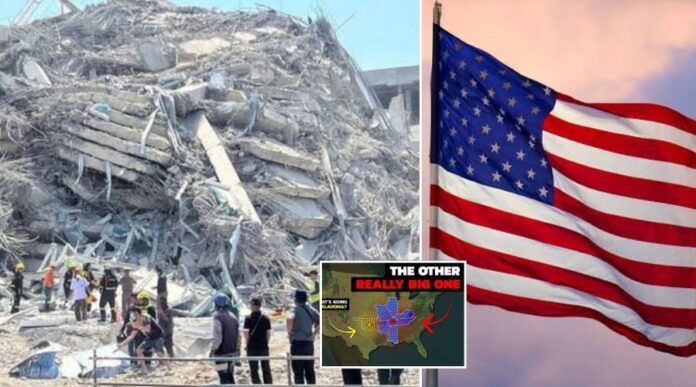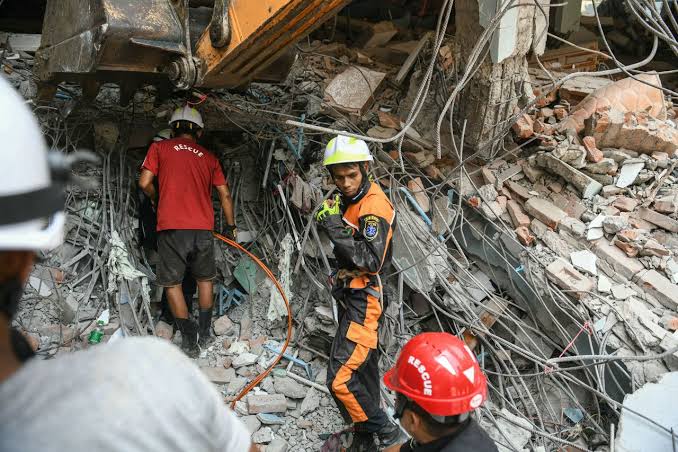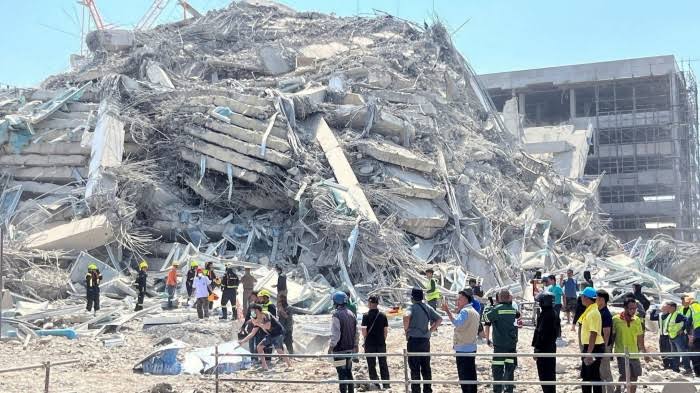In the wake of a devastating 7.7-magnitude earthquake that struck Myanmar on March 28, 2025, the nation is grappling with unprecedented loss and destruction. The death toll has surged to over 1,700, with thousands more injured and many still missing. The hardest-hit area is Mandalay, Myanmar’s second-largest city, where countless buildings have been reduced to rubble, and critical infrastructure lies in ruins.  
The earthquake’s impact extended beyond Myanmar’s borders, affecting neighboring countries such as Thailand. In Bangkok, an under-construction skyscraper collapsed, resulting in multiple fatalities and injuries. 
In response to this catastrophe, the international community has rallied to provide aid and support. Notably, King Charles III issued his first public statement since his recent hospitalization, expressing profound shock and sadness over the disaster. He extended heartfelt condolences to the victims and praised the resilience of the Myanmar people during this challenging time.   
Governments worldwide have also stepped in to assist. Ireland, for instance, has pledged €6 million in humanitarian aid to support emergency response efforts and assist displaced individuals in Myanmar. 
Despite these efforts, the situation remains dire. Rescue teams are racing against time to locate survivors amid the debris, but their work is hindered by damaged infrastructure and ongoing aftershocks. Hospitals are overwhelmed, and there is a critical shortage of medical supplies and essential services.  
The earthquake has exacerbated existing challenges in Myanmar, a nation already struggling with the effects of a prolonged civil war. The military junta has made an unusual appeal for international assistance, highlighting the severity of the crisis. 
As the world watches and responds to Myanmar’s plight, questions arise about global preparedness for such natural disasters. Seismologists have noted that the recent earthquake serves as a stark reminder of the unpredictable nature of tectonic activity. While Myanmar lies in a seismically active region, the scale of this disaster has prompted other nations to reassess their own readiness for similar events.
In the United States, agencies like the Federal Emergency Management Agency (FEMA) are continually working to enhance disaster response strategies. However, the Myanmar earthquake underscores the importance of community preparedness, robust infrastructure, and international cooperation in mitigating the impact of such calamities.
As Myanmar embarks on the long road to recovery, the global community’s support remains crucial. The resilience and solidarity demonstrated in the aftermath of this disaster offer a glimmer of hope amid the devastation.

















